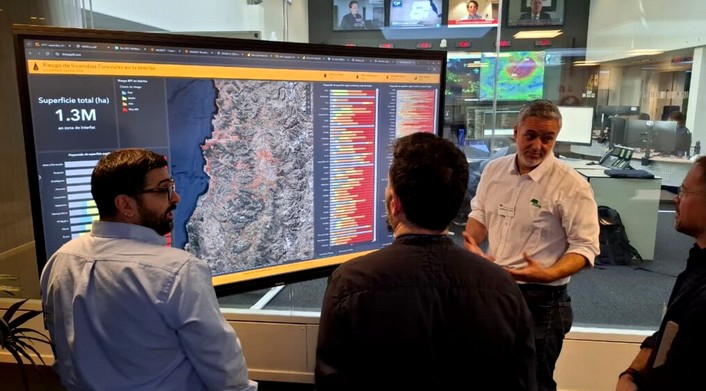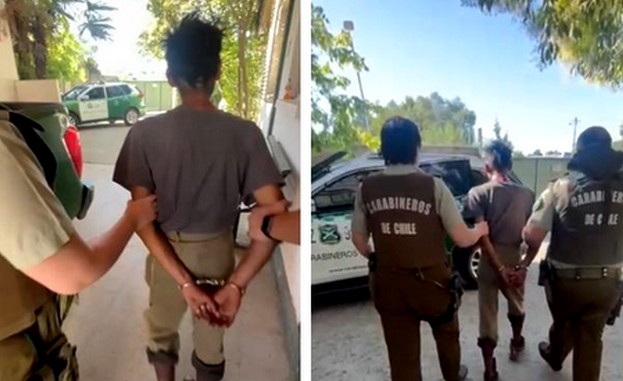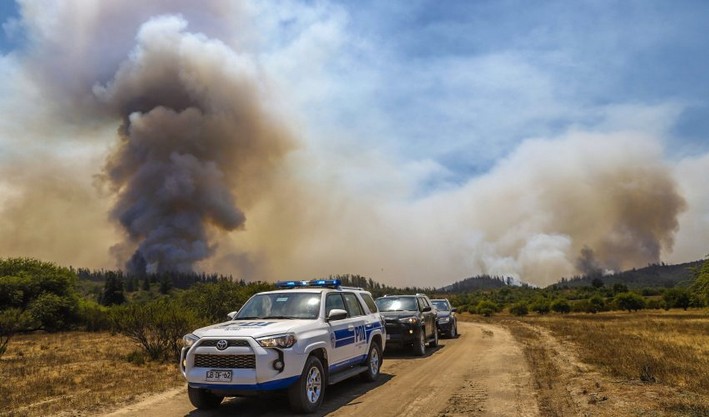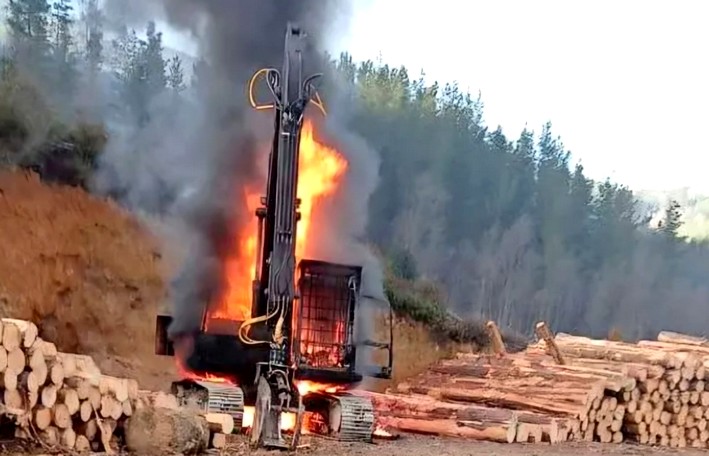CONAF and EU Strengthen Cooperation Against Forest Fires
During a technical visit, the National Forestry Corporation reinforced cooperation ties with the European Union and shared technological advancements that position Chile as a regional benchmark in forest fire monitoring and management.
In Brussels, the National Forestry Corporation, led by Executive Director Rodrigo Illesca, conducted a technical visit to the Emergency Response Coordination Centre (ERCC), under the European Commission's Directorate-General for European Civil Protection and Humanitarian Aid Operations (DG ECHO), aiming to strengthen international technical cooperation and present nationally developed tools for monitoring, analyzing, and assessing forest fires.
"This visit solidifies cooperation between Chile and the European Union, allowing us to better understand how the cooperation mechanism and emergency scenario analysis operate. Additionally, it enables us to share how science and technology strengthen our forest fire management, integrating us into global observation and analysis networks," stated CONAF's Executive Director, Rodrigo Illesca.
The working session was guided by Héctor Alfaro Fernández, a distinguished national expert from the Directorate-General for Civil Protection and Humanitarian Aid Operations, who explained the functioning of the Union Civil Protection Mechanism (UCPM) and its three response levels:
National capacities, offered directly by member states;
European Civil Protection Pool (ECPP), which groups certified modules under common standards;
rescEU, a strategic European fleet of aerial and ground resources funded by the European Commission, established after the 2017 Portugal fires to ensure a minimum continental response capacity.
Chile and the European Union Civil Protection Mechanism
During the presentation, Alfaro highlighted Chile's active participation in deployments of the European Union Civil Protection Mechanism in 2017, 2023, and 2024, collaborating with various international modules and maintaining direct operational communication with the Emergency Response Coordination Centre's Duty Officers during emergencies.
"The final decision always lies with the affected country. No resources are deployed without the explicit acceptance of the requesting country," stated Alfaro, emphasizing the lessons learned from the 2017 fires and the importance of interoperability protocols and operational continuity implemented since then.
He also explained that activating the Mechanism allows for simultaneous alerts to 37 participating states (27 from the European Union and 10 associated), and each international offer must be validated by the receiving country before deployment.
CONAF Presentation
The CONAF delegation, composed of Executive Director Rodrigo Illesca; Forest Fire Protection Manager Andrés Benedetto; and the Head of the Development and Research Department of the same management, Jorge Saavedra, presented the Geoportal for Forest Fire Management and Monitoring Support Tools, a platform that consolidates the institution's main technological systems, organized into three modules:
Prevention: Risk forecast, Red Button, EVI anomalies, and urban-forest interface risk.
Monitoring: Ongoing fire reports, PYROCAST (meteograms), FIRMS–NASA points, and aerial resources panel.
Assessment: Fire Potential Polygons (PPIF), GOES-16 reconstructions, and extreme event analysis (EWE).
These tools, developed by the Development and Research team of the Forest Fire Protection management, enhance evidence-based decision-making and planning for extreme behavior fires.
Forest Fire Protection Manager Andrés Benedetto emphasized: "The European Union Civil Protection Mechanism is a benchmark for interoperability and efficiency. Chile has participated in the 2017, 2023, and 2024 deployments, and as CONAF, we will continue contributing through technical cooperation and the exchange of operational capabilities."

















